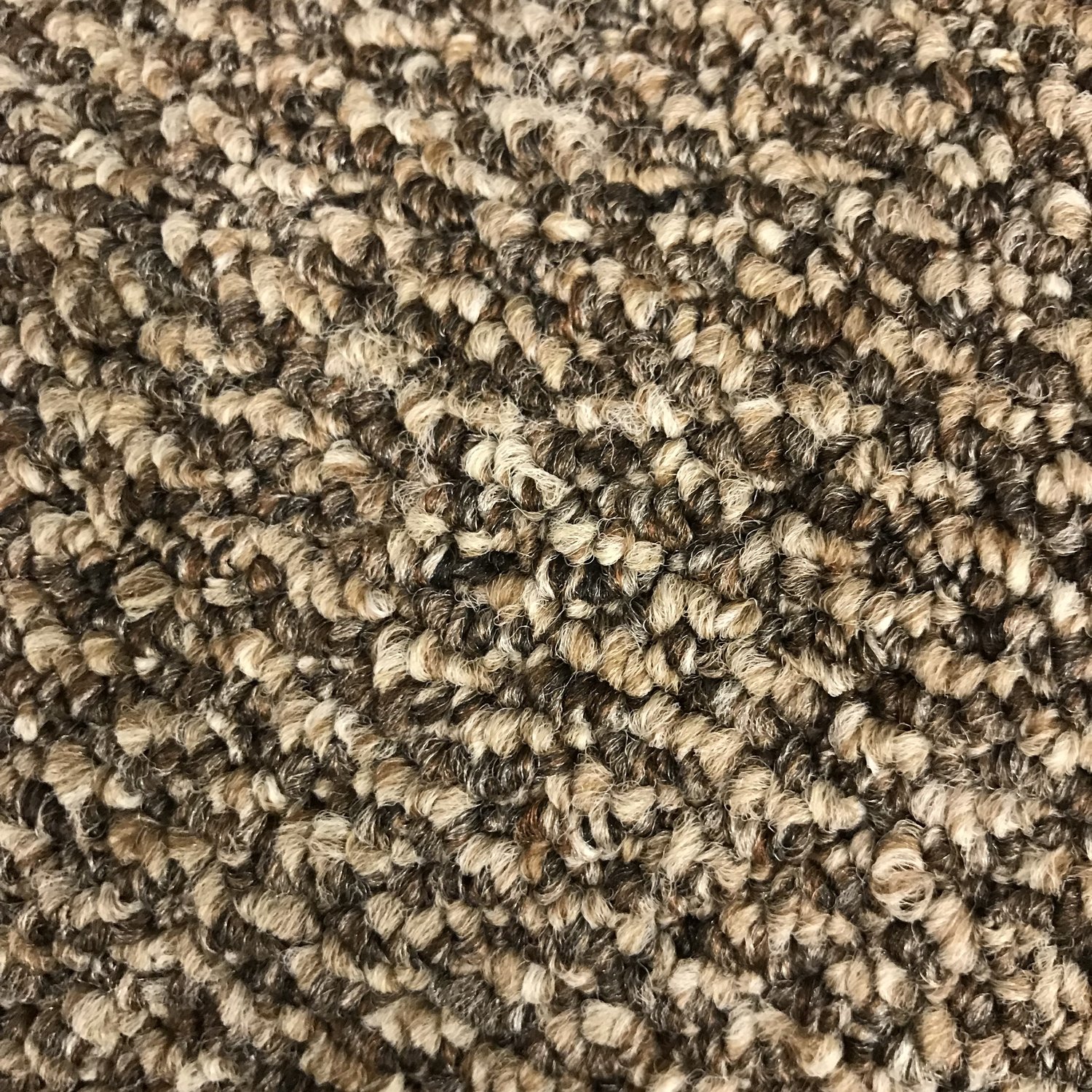Kanga Carpet
JUST ASK FOR IT BY NAME – KANGA! “KANGA” is a family name for a series of patented polyurethane attached cushion carpets. Through the years, carpet manufactured with patented polyurethane. Kanga® Tape The Ultimate DIY Carpet Installation Solution. A professional carpet installation can cost hundreds of dollars. Now consumers have another choice. Optimum Technologies presents Kanga Tape, a cleverly designed product that allows homeowners to easily install new carpet.
INSTALL Your Own Carpet?
Absolutely – You can do-it-yourself with a few simple tools and instructions.
You can easily install KangaBACK and KangaHYDE attached cushion carpets yourself. Attached cushions are incredibly light, making them easy to handle. With a few simple, inexpensive tools (KangaTOOLS®recommended) and double-faced KangaTape®, you can complete a beautiful, quality installation in no time. (Professional installers may choose to install KangaBACK and KangaHYDE using a good multi-purpose adhesive.)


The tools you will need are: a KangaTOOLS utility knife with extra blades, a pry bar, a stiff putty knife, a measuring tape, a hammer and scissors. Other tools will be needed if you have to make a seam. They are a string chalk line and straight edge or a KangaTOOLS carpet cutter. To make a proper seam, a seam sealer should be used and can be purchased at any carpet supply shop, or at home improvement or do-it-yourself stores that sell carpet.
If you wish to install your new carpet yourself, measure the room for which it is intended before you buy the carpet. Be sure to measure to the center of doorways and to the back of closets.
Installation With KangaTape or Double-Faced Carpet Tape

It’s a good idea to measure the room again, then pre-cut the carpet 4″ to 6″ larger than the room size.
NOTE: If you have to make a seam, do it first! (See making seams below)

Installation with Staples
Staples can be used instead of tape. Use heavy duty staples a minimum of 1/2″ long. Do not use more staples than necessary to hold the carpet down securely. On hardwood, it may be necessary to tap the staple with a small hammer to drive it in fully. Do this immediately after shooting each staple.
Installation with Multi-Purpose Adhesives
Full Spread Application: Any good multi-purpose adhesive may be used with these attached cushion carpets. After positioning the carpet in the room, fold one-half of the carpet back over itself. Following the manufacturer’s instructions, apply the adhesive to the floor. After proper “tack time” lay the carpet into the adhesive and then do the other half of the room. Trim the carpet as mentioned in step #5.

Perimeter Spread Application: In perimeter spread applications only a 9″ to 12″ border of adhesive is required around the room, along with a diagonal path from corner to corner of the room, forming an “X”. This procedure also requires doing one-half of the room at a time. Follow adhesive manufacturer’s instructions.
Kanga Carpet With Attached Pad
Making Seams
On all seams, you will need to position the second piece of carpet so that it runs in the same direction as the first. This is very important. When you have determined how the two pieces of carpet will lie in the room, you will want to start by getting the straightest edge possible on the piece you will cut first. Don’t forget seam sealer. Apply a bead of seam sealer along one edge of the attached cushion. A plastic bottle with a long thin neck works best.
Complete the seam by butting both sections of the carpet together while the seam sealer is still wet, allowing the carpet and cushion to make contact with the tape and seam sealer at the same time. Be sure to keep carpet fiber up and away from the seam sealer. (Professional installers may use hot melt seaming tape on KangaBACK and KangaHYDE. The seaming iron will not harm or melt the cushion.)
Finishing Your Installation
Smears of adhesive on the carpet surface should be cleaned with water and a clean cloth if cleaning is done while adhesive is still wet. If adhesive has dried, follow manufacturer’s instructions for cleaning.
If the edge of the carpeting at a doorway must be butted up against carpeting in the next room or hall, follow the same procedure for seaming described above. If there is sufficient carpet, most installers prefer to butt the two pieces in the section directly under the door when the door is closed, making a neater looking installation from both sides. You may also wish to use metal binding strips found at any hardware store or home center.
Foam Backed Carpet Menards
Professional KangaTOOLS
Kanga Carpet
If your browser is not equipped to view Adobe Acrobat .pdf files online, it should prompt you to download the files to your computer. If you do not have Acrobat Reader installed, click here to download the FREE Adobe Acrobat Reader.